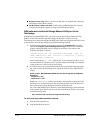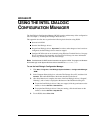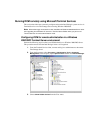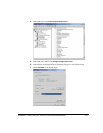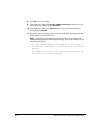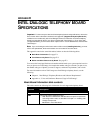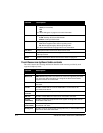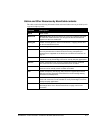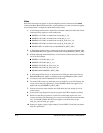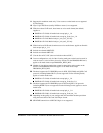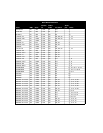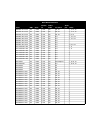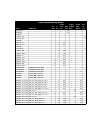
E-2 INSTALLING INTEL TELEPHONY COMPONENTS
Trunk Resources by Board table contents
This table contains the following information about the trunk resources provided by each
supported telephony board:
Slots Type of slot in Server PC where the board can be installed:
UPCI (Universal PCI)
PCI
ISA
See “About slot types” on page 4-5 for more information.
Connector Type of physical connector:
H.100: Used by all PCI and IPCI boards.
SCbus: Used by all ISA boards.
CTbus mode Type of signaling mode supported on the board:
Yes: Board supports native CTbus signaling mode.
No: Board supports legacy SCbus signaling mode.
See “About timeslot limits” on page 4-6 for more information.
For use in Geographical locations where the board can be used.
Audio ports Number of ports on the board that support a music-on-hold device or other
audio input source.
Notes Additional information about the board. See “Notes” on page E-4.
Column Description
Column Description
Board Model number
Media load DM3 boards only: Media load defines the resources supplied by the board.
You select the media load when you configure the board. Some boards
support more than one media load.
E1 trnk Number of ISDN PRI E1 trunks or E1 CAS trunks that can be connected to
the board.
T1 trnk Number of ISDN PRI T1 trunks or Robbed Bit T1 trunks that can be
connected to the board.
PSTN
channels
Total number of channels provided by the trunks connected the board.
BRI trnk Number of ISDN BRI trunks that can be connected to the board.
IP ports
(embedded)
Number of VoIP ports supported when the system is configured to use an
embedded H.323 stack.
IP ports
(host-based)
Number of VoIP ports supported when the system is configured to use a
host-based VoIP stack.
Analog trnk Number of regular analog trunks, analog DID trunks, or Centrex/PBX trunks
that can be connected to the board.



